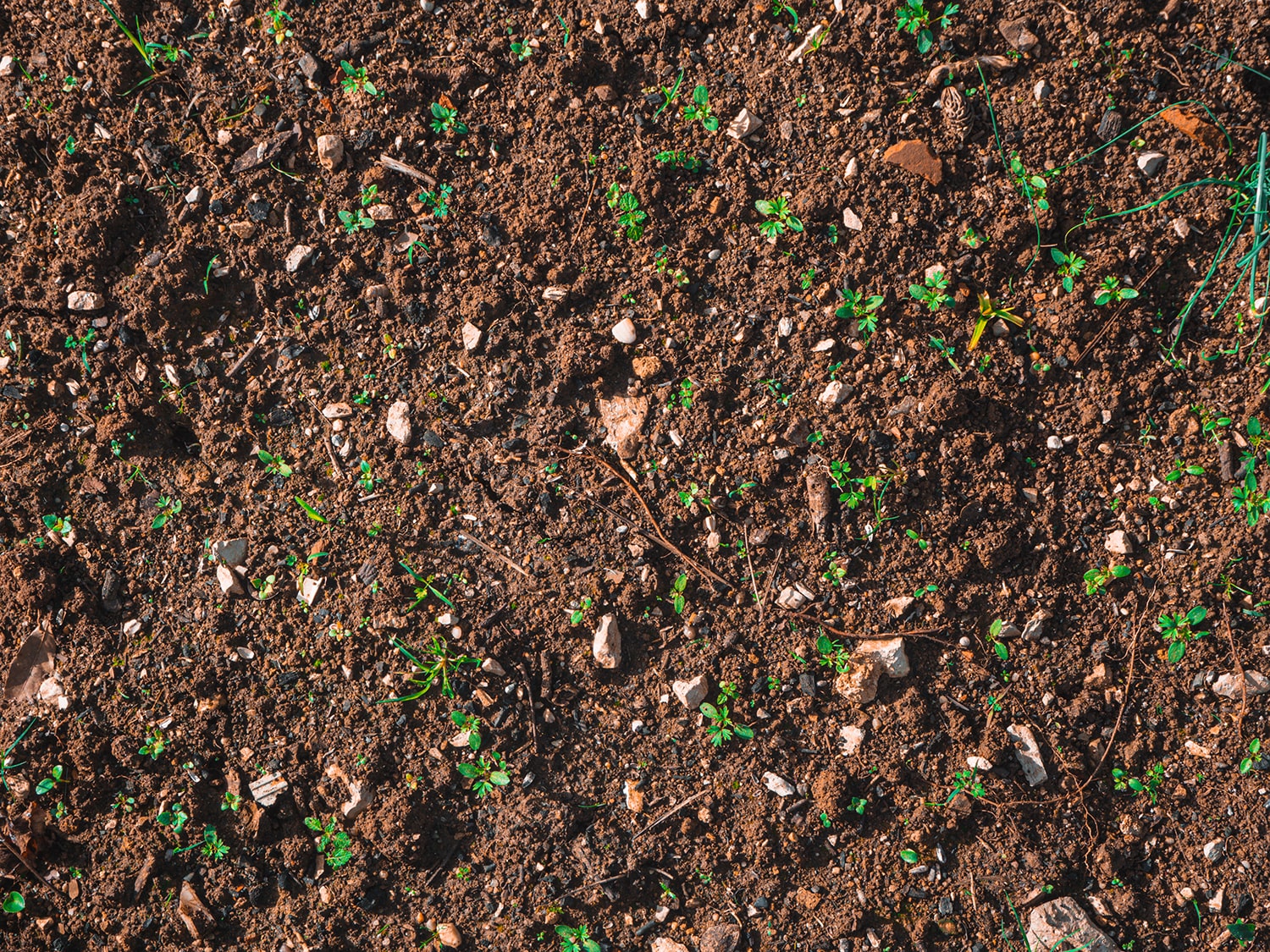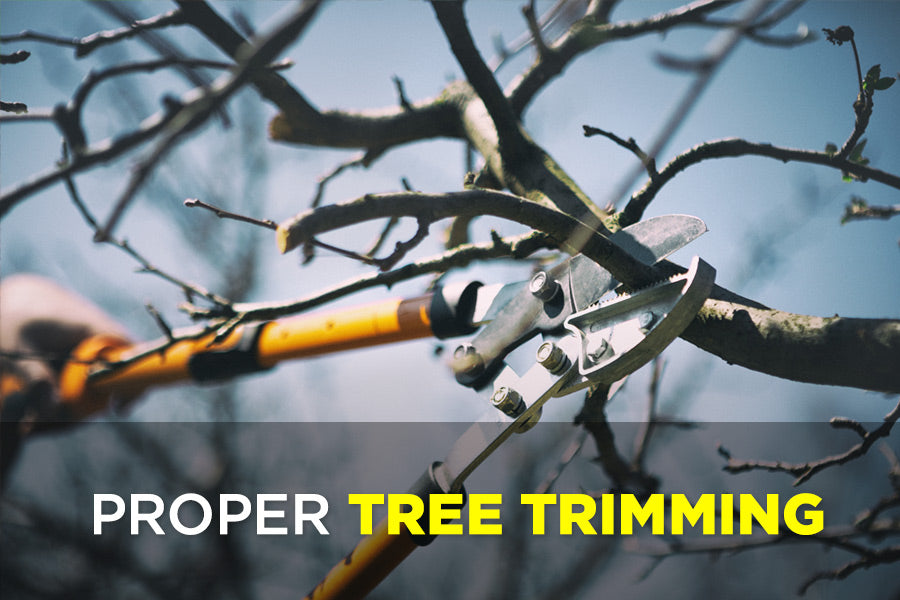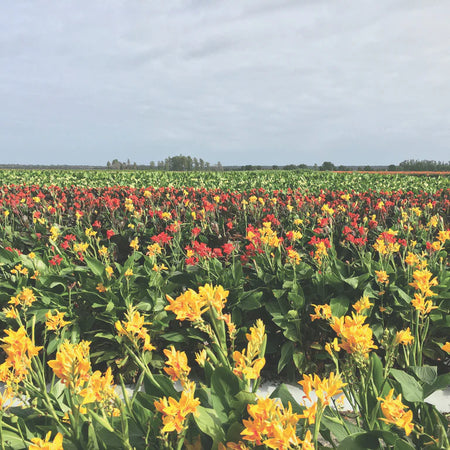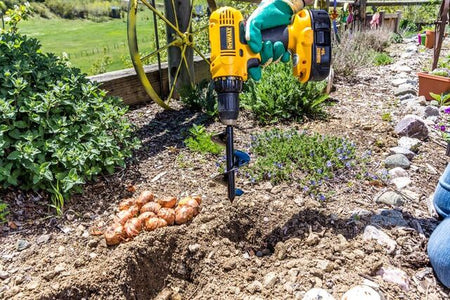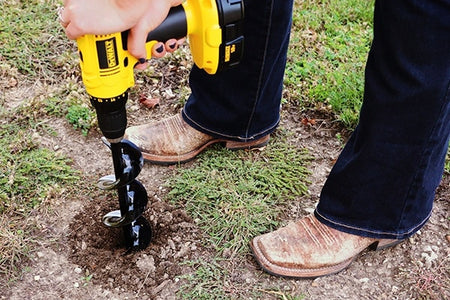In many parts of the country, autumn means cooler days and nights, football games, and pumpkin-spiced everything. It also means a yard full of fallen leaves for you to rake up or turn into compost and other fall gardening chores like proper tree trimming.
Why you should trim your trees
Sometimes called corrective pruning, tree trimming removes diseased or dead branches impacting your tree’s health or imposing on other parts of your garden. This prepares next year’s planting season — as it provides more light and optimizes air flow.
Most importantly, proper tree trimming in the fall reduces the risk of storm damage in the winter. Broken or weakened tree branches pose serious threats to your family and home, so it’s smart to handle before the winter weather arrives.
Tips for proper tree trimming
You can’t approach trimming haphazardly. First, you should contact your local utility company or municipality to make sure your pruning plans comply with your area’s rules and regulations. Once you’re cleared, follow these tips on how to trim the right way.
Buy the right equipment
To accomplish proper tree trimming you need the right tools — like a hand pruner and lopper. Start with a hand pruner to trim smaller branches and younger trees with easy, exact cuts. Loppers — basically large scissors with long handles — help you reach greater distances and give you the leverage to cut thicker branches with minimal effort.
For optimal results, use a lopper with a bypass blade, instead of an anvil blade. Though sometimes used interchangeably, these two blades are quite different. An anvil’s single sharp blade is best for cutting old, dead wood not soft, live, plant tissue. Bypass blades, which look like scissors, provide a precise cut that avoids excess damage.
Lastly, if your tree’s branches are particularly thick — or too high to reach safely — consider a pole saw, which doesn’t require a ladder.
Use the three-cut method
Incorrect pruning not only wastes your efforts and energy but also damages your tree’s trunk and prolongs post-pruning healing. To keep your tree healthy, follow these steps:
- Cut underneath the branch about 6 to 12 inches from the trunk, cutting only one-third of the way through.
- Make the second cut a few inches from the first toward the end of the branch.
- Parallel to the trunk, make the final cut just outside the branch collar (the swollen area at the branch base). Don’t cut the branch collar — it’s full of energy to help the tree heal faster.

Avoid over trimming
Over-trimming can be just as detrimental as incorrect pruning, so you need to know when to stop. While you should remove all dead and diseased wood, you shouldn’t cut off more than 20% of live wood at one time. The more you remove at once, the more you reduce foliage, lowering the tree’s food supply. The result is a weakened tree that struggles to hold heavy loads of snow in the winter and doesn’t have much new growth in the spring. Overpruning also makes trees more susceptible to pests and disease.
Besides being good for your trees, proper tree trimming greatly improves the aesthetics of your trees, resulting in a yard or lawn full of safe, healthy, and stunning trees you can be proud of. Trimming perfectly complements the other efforts you make to keep your property in good condition, too. Learn more ways to build and maintain an Insta-worthy exterior by checking out our e-book, Building an Insta-worthy Garden to Elevate Your New Home’s Exterior.


